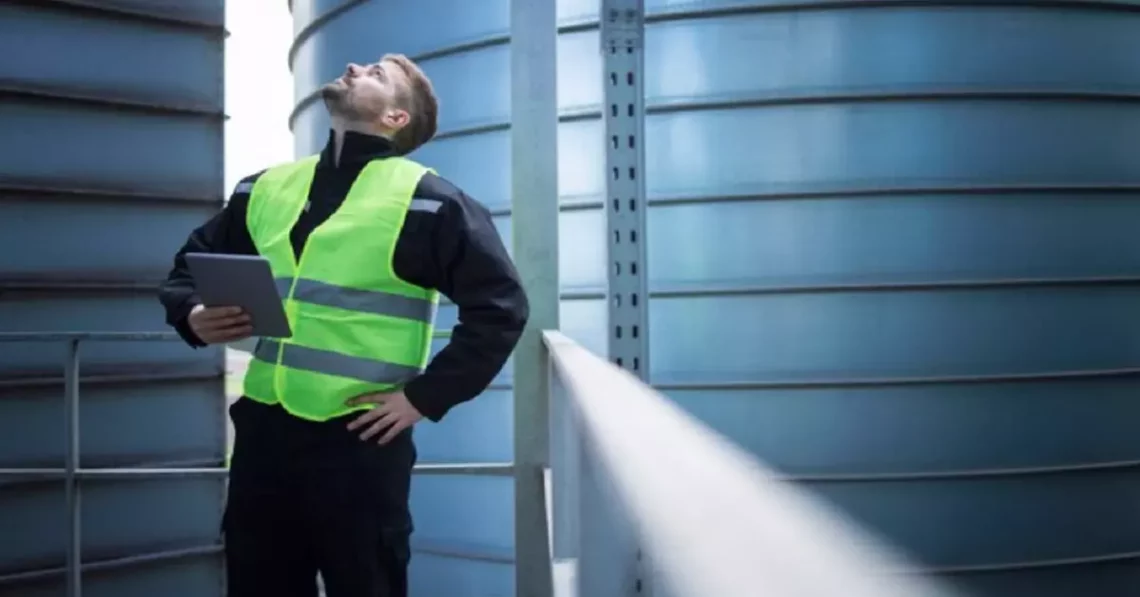Every year, thousands of oil-related accidents and spills occur in the US alone. These incidents not only pose a threat to the environment but also endanger the lives of those involved in the operations. As such, safety should always be a top priority when it comes to oil tank operations.
In this article, we will discuss essential protocols that are crucial in ensuring the safety of workers and the environment during oil tank operations.
Understanding Oil Tank Operations
Before we dive into safety protocols, it is crucial to understand the basics of oil tank operations. Oil tanks are large containers used for storing crude oil or refined petroleum products. They can vary in size from small drums to massive tanks that can hold thousands of gallons of oil.
Oil tank operations involve various activities such as filling, emptying, and maintaining the tanks. These tasks require specific protocols to be followed to ensure safety.
Essential Safety Protocols
Many safety protocols should be followed during oil tank operations. Here are some of the most crucial ones:
Familiarize yourself with the Site
Before starting any operations, workers should familiarize themselves with the site. This includes identifying all potential hazards and taking necessary precautions. The site should also be checked for proper ventilation, accessibility, and emergency exits.
Personal Protective Equipment (PPE)
Wearing appropriate personal protective equipment is vital in preventing injuries during oil tank operations. PPE may include hard hats, safety goggles, gloves, and respiratory masks.
Regular Maintenance of Equipment
Regular maintenance of equipment is crucial in ensuring the safe and efficient operation of oil tanks. This includes checking for any leaks, cracks, or damages that may cause accidents or spills. For example, using level transmitters to monitor the oil levels in tanks can help prevent overfilling and potential spills.
Proper Loading and Unloading Procedures
Loading and unloading procedures should be strictly followed to avoid accidents during transportation. This includes using proper equipment, securing the tank, and following weight restrictions. It is also essential to have a designated loading and unloading area that is away from other activities.
Appropriate Training and Safety Protocols
All workers involved in oil tank operations should undergo proper training and adhere to safety protocols. This includes emergency response procedures, fire safety measures, and handling hazardous materials.
Emergency Response Plan
An emergency response plan should be in place for any potential accidents or spills during oil tank operations. This includes having a designated emergency contact, providing proper training to workers, and having necessary equipment ready for use in case of an emergency.
Following Regulations and Industry Standards
Oil tank operations are subject to various regulations and industry standards that aim to ensure safety. Workers must be aware of these regulations and follow them strictly.
How to Implement These Protocols
Implementing these protocols may require some initial investment, but it is crucial in ensuring safety and preventing accidents. Here are some steps on how to implement these protocols effectively:
- Conduct regular safety inspections of the site and equipment.
- Provide proper training for workers and ensure they understand safety protocols.
- Keep up-to-date with regulations and industry standards.
- Have designated workers responsible for monitoring and enforcing safety protocols.
- Encourage open communication among workers to report any potential hazards or issues.
- Conduct regular emergency drills to ensure everyone knows what to do in case of an emergency.
Conclusion
Safety should always be a top priority in oil tank operations. By following these essential protocols, we can prevent accidents and ensure the safety of workers and the environment. Regular training, proper maintenance of equipment, and adherence to regulations are crucial in implementing these protocols effectively. Remember, it is always better to be safe than sorry when it comes to oil tank operations. So, let’s prioritize safety first! Stay safe and happy operating!





